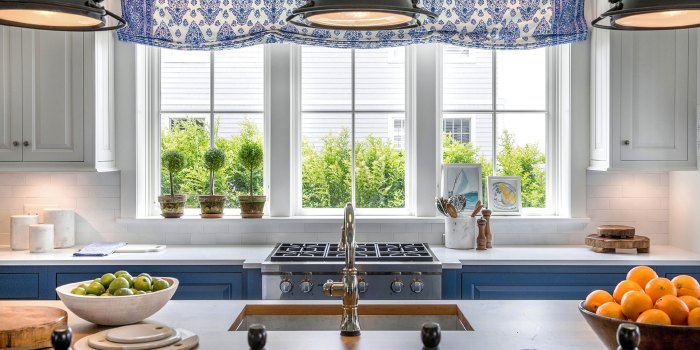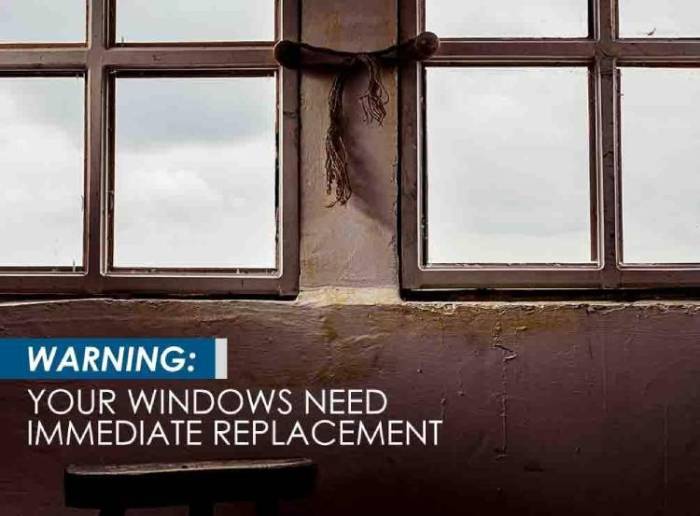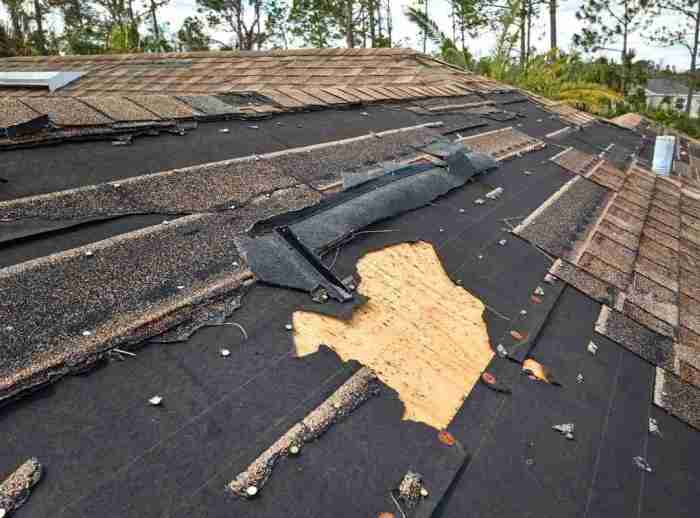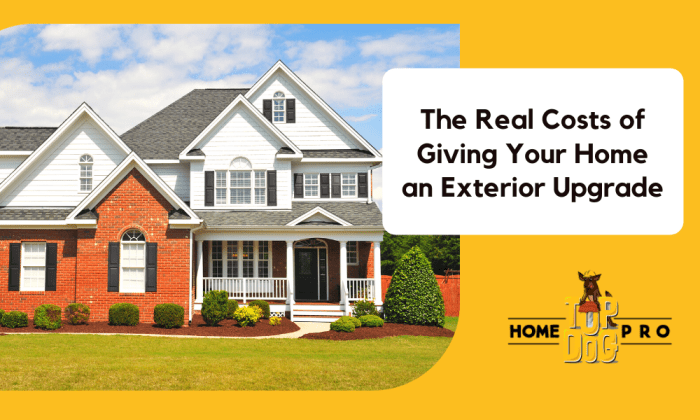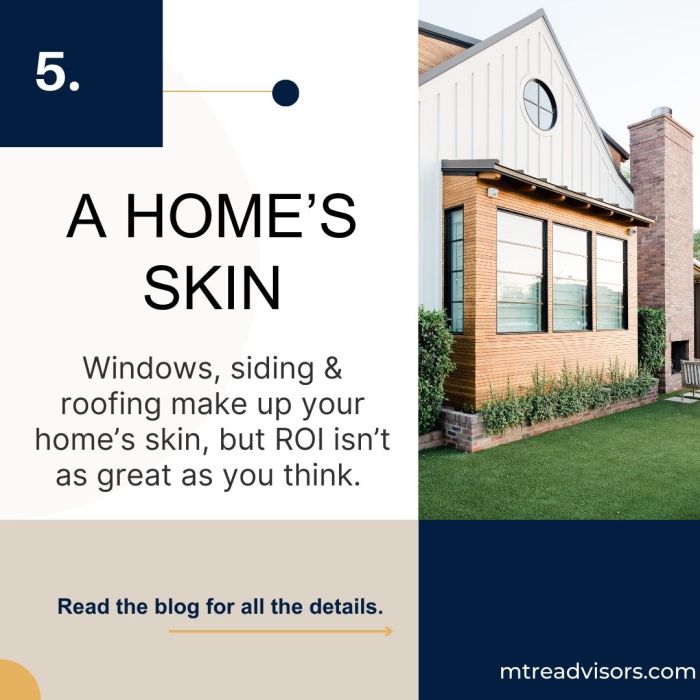Siding Replacement Cost vs. Value: A Complete ROI Breakdown.
Exploring the world of Siding Replacement Cost vs. Value: A Complete ROI Breakdown. promises a journey filled with valuable insights and practical knowledge. Get ready to dive into the intricacies of siding materials and their impact on your home's worth.
Siding Replacement Cost vs. Value Overview
When considering siding replacement, it is essential to analyze the cost versus the value it brings to your home. This comparison helps homeowners make informed decisions about the type of siding material to choose based on their budget and the return on investment they can expect.
Types of Siding Materials and Costs
There are various siding materials available in the market, each with its associated costs. Here are some examples:
- Vinyl Siding:Vinyl siding is a popular choice due to its affordability, with costs ranging from $2 to $7 per square foot.
- Fiber Cement Siding:Fiber cement siding is durable and low-maintenance, costing between $5 to $12 per square foot.
- Wood Siding:Wood siding provides a classic look but comes at a higher price, ranging from $8 to $12 per square foot.
- Aluminum Siding:Aluminum siding is lightweight and easy to install, with costs averaging between $3 to $6 per square foot.
Factors Influencing Siding Replacement Costs
When considering siding replacement costs, several factors come into play that can significantly impact the overall price of the project. Factors such as the type of material chosen, the quality of materials, labor costs, and the size of the home all play a role in determining the final cost of replacing siding.
Siding Material Costs
The choice of siding material can have a major impact on the overall cost of replacement. Here is a comparison of costs for different siding materials:
- Vinyl siding: Vinyl is often the most affordable option, with costs ranging from $3 to $7 per square foot.
- Wood siding: Wood siding tends to be more expensive, with costs ranging from $6 to $12 per square foot.
- Fiber cement siding: Fiber cement is a durable option that falls in the mid-range of costs, ranging from $5 to $12 per square foot.
- Metal siding: Metal siding can also vary in cost, ranging from $5 to $15 per square foot, depending on the type of metal used.
Labour Costs and Home Size
The cost of labor is another significant factor in siding replacement costs. Skilled labor is essential for proper installation, and labor costs can vary based on the complexity of the job and the expertise of the workers. Additionally, the size of the home will impact the total cost, as more materials and labor will be required for larger homes.
It's important to consider these factors when budgeting for a siding replacement project.
ROI Considerations for Siding Replacement
When evaluating the return on investment (ROI) of siding replacement, homeowners should consider various factors that can impact the overall value of the project. These factors can include improved energy efficiency, enhanced curb appeal, long-term durability, and maintenance requirements.
Improved Energy Efficiency
One of the key considerations when assessing the ROI of siding replacement is the potential for improved energy efficiency. By upgrading to energy-efficient siding materials, homeowners can reduce heating and cooling costs over time. This results in lower utility bills and increased savings, ultimately adding to the overall value of the home.
Curb Appeal Impact
Enhancing the curb appeal of a property through siding replacement can significantly impact its ROI. A fresh, modern look can attract potential buyers and increase the resale value of the home. Additionally, improved curb appeal can lead to a quicker sale if the homeowner decides to put the property on the market in the future.
Long-Term Durability and Maintenance
Choosing durable siding materials that require minimal maintenance can contribute to the overall value of siding replacement. Low-maintenance siding not only saves homeowners time and effort in upkeep but also ensures that the exterior of the home remains in good condition for years to come.
This long-term durability can increase the ROI by reducing the need for frequent repairs or replacements.
Cost vs. Value Analysis by Siding Material
When considering siding replacement, it's essential to analyze the cost versus the value offered by different siding materials. Each material comes with its own initial cost, lifespan, maintenance needs, and potential return on investment. Let's delve into a comparison of popular siding materials to determine which offers the best balance of cost and value over time.
Vinyl Siding
Vinyl siding is known for its affordability, with a lower initial cost compared to other materials. It also boasts a decent average lifespan of 20-40 years and requires minimal maintenance, such as occasional cleaning. While the ROI for vinyl siding may not be as high as some premium materials, it still offers a good balance of cost-effectiveness and durability.
Wood Siding
Wood siding provides a classic and natural look to homes but comes with a higher initial cost than vinyl. It has an average lifespan of 20-100 years, depending on the type of wood and maintenance. However, wood siding demands more upkeep, including painting or staining, to prevent rot or insect damage.
The ROI for wood siding can be significant if properly maintained but may require more investment over time.
Fiber Cement Siding
Fiber cement siding is a durable and low-maintenance option with a moderate initial cost. It has an average lifespan of 30-50 years and requires minimal upkeep, such as repainting every 10-15 years. While fiber cement siding offers excellent ROI due to its longevity and minimal maintenance needs, the initial cost may be higher than vinyl or wood siding.
Metal Siding
Metal siding, like steel or aluminum, is a durable and low-maintenance choice with a moderate initial cost. It has a lifespan of 40-60 years and requires minimal upkeep, such as occasional washing. While metal siding offers a good ROI over time, especially in terms of durability and energy efficiency, some homeowners may find the aesthetic appeal lacking compared to other materials.
Conclusion
In conclusion, each siding material has its own set of pros and cons in terms of cost and value. While vinyl siding may offer the best balance of affordability and low maintenance, wood siding provides a timeless look with proper care.
Fiber cement and metal siding excel in durability and longevity, with varying initial costs. Ultimately, the choice of siding material should align with your budget, maintenance preferences, and long-term ROI goals.
Final Thoughts
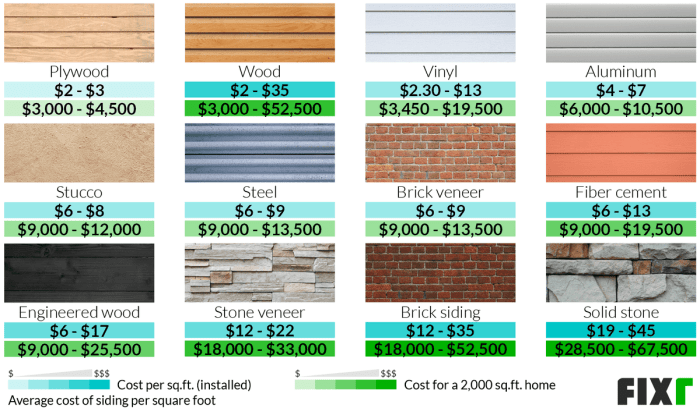
In conclusion, Siding Replacement Cost vs. Value: A Complete ROI Breakdown sheds light on the importance of making informed decisions about your home's exterior. Armed with this knowledge, you can confidently navigate the world of siding replacements with clarity and purpose.
FAQ
What factors should homeowners consider when evaluating the ROI of siding replacement?
Homeowners should consider factors like energy efficiency, curb appeal, durability, and maintenance requirements to assess the ROI of siding replacement.
Which siding material offers the best balance of cost and value over time?
The ideal siding material that offers a balance of cost and value over time depends on individual preferences and budget constraints. However, fiber cement is often considered a good option due to its durability and low maintenance needs.
How do labor, material quality, and home size affect overall siding replacement costs?
Labor costs, material quality, and home size play crucial roles in determining the overall expenses of siding replacement. Higher quality materials and larger homes typically lead to higher costs.
